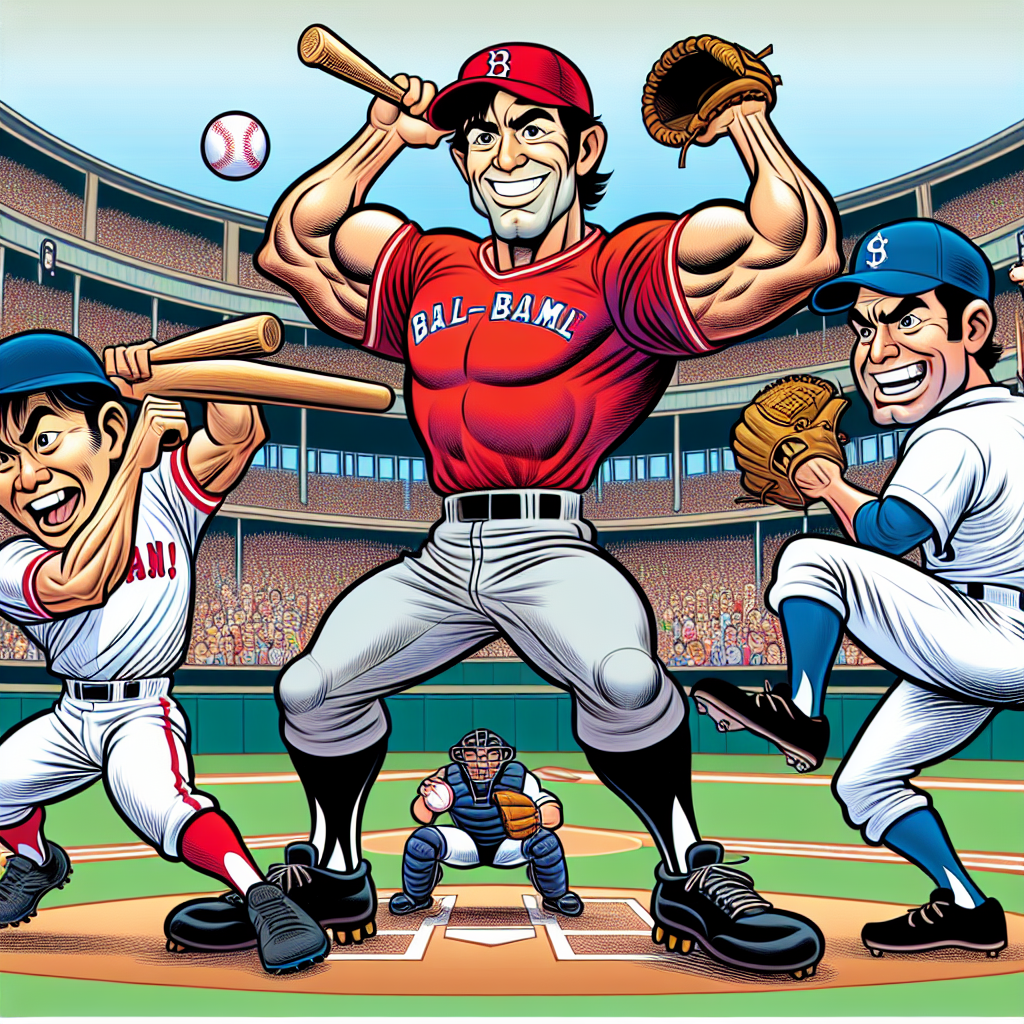Ichiro Suzuki, CC Sabathia and Billy Wagner are set for Hall of Fame induction

In the pantheon of baseball lore, the induction of Ichiro Suzuki, CC Sabathia, and Billy Wagner into the Hall of Fame represents an event both momentous and, dare I say, long overdue. From a vantage point of cultivated erudition, this occasion offers a fertile ground to dissect not only the meritocracy purportedly underpinning such accolades but also the cultural idiosyncrasies that permeate the institution of the Hall itself. One must proceed, therefore, with critical nuance and rhetorical precision, lest the discourse fall victim to the vulgar hagiography often endemic to popular sports commentary.
Ichiro Suzuki's ascent to immortality within Cooperstown is, indeed, a testament to transcultural influence and athletic singularity. The Japanese maestro’s career transcended mere statistical prowess; it symbolized an intercultural bridge—a "magnum opus" if you will—between Nipponese discipline and Major League Baseball’s rugged individualism. Ichiro’s .311 career batting average across 3,089 MLB hits and the historic 262 hits in a single season especially warrant scholarly approbation, not merely because of their quantitative impressiveness, but due to their disruption of hegemonic baseball narratives long dominated by Anglo-American archetypes. In a domain often sullied by parochial myopia, his election reaffirms that excellence, as Horace might dictate, “non sibi sed patriae” (not for oneself but for one’s country and, by extension, the global community) remains the truest arbiter of worthiness.
CC Sabathia, the towering left-hander known for his durability and postseason acumen, represents yet another archetype of athletic fortitude. His career, punctuated by 251 wins and a Cy Young Award in 2007, illustrates the virtue of perseverance in a sport that venerates both ephemeral brilliance and sustained consistency. Yet, what invites more discerning contemplation is the narrative surrounding Sabathia’s personal tribulations and transformation—elements too often sanitized or diminished in the celebratory vernacular. Such human complexities render his enshrinement not merely a commendation of statistical achievement but an affirmation that the Hall is not immune to the vicissitudes of the human condition. The embrace of Sabathia elevates the Hall from a mere pantheon of superlative metrics to a corpus that, in some limited measure, acknowledges the holistic athlete.
Billy Wagner’s induction perhaps serves as the most fascinating case study for the discerning mind. In an era when relief pitchers are frequently marginalized in Hall of Fame considerations, Wagner’s entry is an explicit repudiation of the pedantic purism which insists on starting pitchers as the sole arbiters of pitching greatness. Boasting 422 career saves—a figure that, without exaggeration, borders on the baroque in terms of relief performance—Wagner’s career demands recognition of the specialized art of closing games. His blazing velocity and career longevity dismantle obsolescent paradigms, positing instead a more kaleidoscopic understanding of pitching excellence. Thus, Wagner’s elevation challenges antiquated canons and invites a reexamination of how the game measures and memorializes impact.
Yet, it would be remiss to extol these individual triumphs without acknowledging the institutional inertia that, regrettably, continues to beset the Hall of Fame election process. The very fact that such universally lauded figures are mere recent inductees underscores a lag in reconciliation between contemporary appreciation and historical recognition. One must invoke the term tempus fugit here—time flees—because, in the realm of sports, the ephemeral public memory frequently truncates the recognition of true excellence until decades after the fact, if at all. This phenomenon bespeaks a broader malaise, where populism, media narratives, and often partisan voting stances cloud objective evaluation.
Moreover, the Hall of Fame’s parochial centrism subtly marginalizes international contributors and nontraditional career arcs, a deficiency partially addressed by Ichiro’s election. Such institutional biases resonate with Pierre Bourdieu’s concept of "cultural capital," wherein those possessing dominant social attributes wield disproportionate influence in legitimizing certain forms of excellence while excluding others. The institution’s hesitance to embrace the full heterogeneity of baseball’s global and strategic evolution dilutes its claim as the definitive arbiter of baseball immortality.
Going forward, the Hall would do well to imbibe lessons from linguistics and philosophy to broaden its evaluative paradigms. It is not merely raw "statistics," as many lay fans naïvely proclaim, that confer greatness, but a constellation of factors inclusive of contribution to the game’s evolution, cultural significance, and intangible leadership qualities. The notion of "virtus" in a classical sense—a synthesis of courage, excellence, and moral character—must complement the empirical data. Without such multidimensionality, the institution risks stagnation, a veritable "quod erat demonstrandum" of elitist complacency.
In conclusion, the induction of Ichiro Suzuki, CC Sabathia, and Billy Wagner should prompt not only celebration but sober reflection upon the evolving nature of baseball greatness and the institutional frameworks that seek to enshrine it. Their diverse, illustrious careers act as a clarion call for a more inclusive, nuanced recognition system that transcends mere number crunching to honor the game's rich, variegated cultural tapestry. As the venerable jurist Cicero might intone, "Historia est vitae magistra"—history is the teacher of life. It is therefore incumbent upon the custodians of baseball’s legacy to heed these lessons, lest they fossilize in irrelevance, overshadowed by the very heroes they seek to immortalize.

P. Pompus
